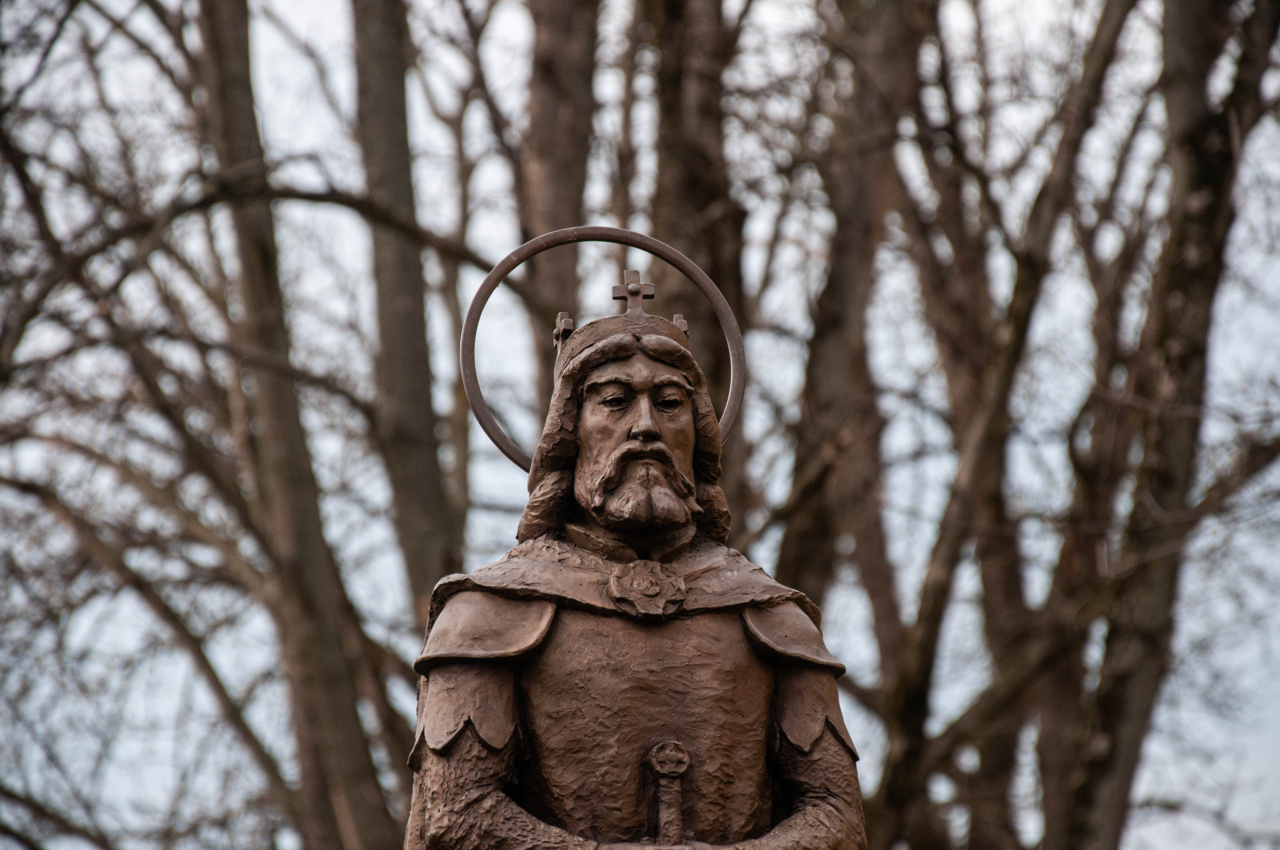The Deer King is revered in many cultures for its majestic beauty, grace, and agility.
However, what many people do not realize is that behind the Deer King’s elegant exterior lies a robust skeletal structure that allows it to navigate challenging terrains, outrun predators, and sustain powerful leaps.
The Foundation of the Deer King’s Skeletal Structure
At the core of the Deer King’s skeletal structure is its spine, which is composed of a series of interlocking vertebrae. Unlike humans, the Deer King has an extremely flexible spine, allowing it to contort its body and swiftly change directions.
This flexibility is essential for the Deer King as it often needs to make sudden movements when navigating challenging terrains or when evading predators.
The Deer King’s ribcage is also notable for its robust structure. The ribcage encases and protects the vital organs of the Deer King, including its heart and lungs.
Additionally, the ribcage provides a rigid framework for the Deer King’s thoracic muscles to attach to, allowing it to powerfully expand its lungs for efficient breathing during exertion.
The Powerhouse of the Deer King’s Skeletal Structure
The legs of the Deer King are powerful and robust, designed to support the Deer King’s weight and propel it forward with speed and agility. The Deer King’s legs consist of several bones, including the femur, tibia, fibula, and metatarsals.
These bones are reinforced with muscular attachments that allow the Deer King to maintain balance and stability while running at high speeds through uneven terrain.
The Deer King’s hooves are another integral component of its skeletal structure. The Deer King’s hooves are elongated and conical, providing a large surface area for weight distribution and grip when sprinting and leaping.
Additionally, the Deer King’s hooves are surrounded by a network of ligaments and tendons that provide shock absorption when landing from high jumps and quick turns.
The Specialized Adaptations of the Deer King’s Skeletal Structure
In addition to its robust skeletal structure, the Deer King has several specialized adaptations that allow it to survive in harsh and unforgiving environments. One of these adaptations is the Deer King’s antlers.
Antlers are specialized bony structures that grow on the tops of male Deer Kings’ heads. These structures are composed of bone that grows rapidly, at a rate of up to one inch per day, during the summer months. Once fully grown, antlers can weigh up to 35 pounds and can span more than six feet in length.
Antlers are used by male Deer Kings during the mating season to battle for dominance and attract mates.
The Deer King’s knees are also unique. Unlike most mammals, the Deer King’s knees are located high up on its legs, directly beneath its body.
This unique positioning allows the Deer King to maintain balance and stability while running at high speeds through uneven terrain. Additionally, the Deer King’s knee is reinforced with specialized tendons and ligaments that absorb shock and reduce the risk of injury during high impact landings.
The Importance of the Deer King’s Robust Skeletal Structure
The Deer King’s robust skeletal structure is essential for its survival in the wild.
Without its flexible spine, powerful legs, and specialized adaptations, the Deer King would be unable to navigate challenging terrains, outrun predators, and sustain powerful leaps. As such, it is important to understand and appreciate the complexity and intricacy of the Deer King’s skeletal structure as a testament to the remarkable survival adaptations of this majestic creature.





























